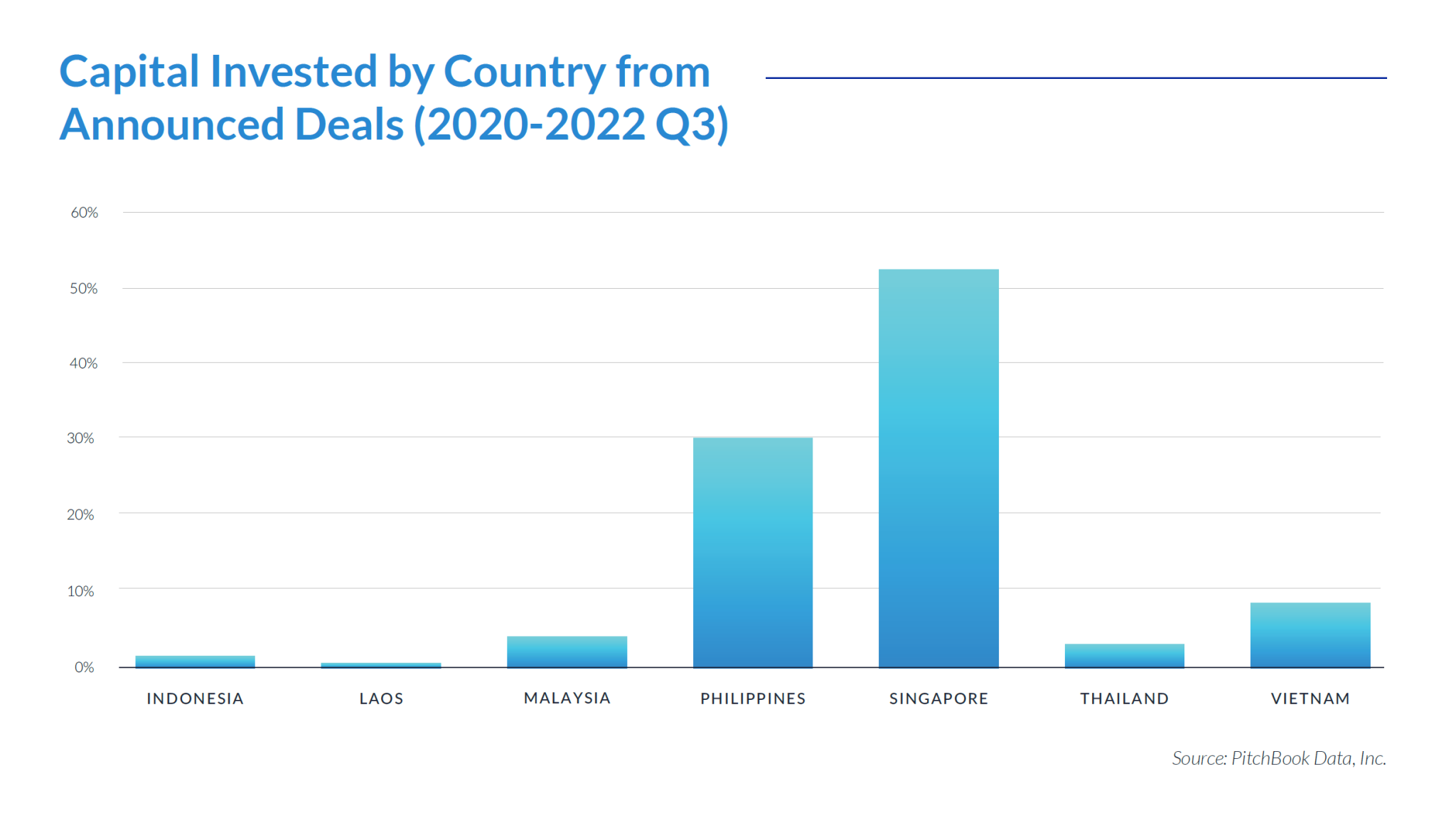Resistance Grows: Car Dealers Challenge EV Sales Quotas

Table of Contents
Financial Hurdles Faced by Dealerships Transitioning to EVs
The transition to selling and servicing EVs presents significant financial challenges for dealerships. The high upfront costs, lower profit margins, and difficulties in inventory management are creating considerable strain.
High Initial Investment Costs
Upgrading facilities to handle EVs requires substantial investment. Dealerships need to invest in specialized tools, training programs for technicians, and, crucially, charging infrastructure.
- Charging stations: Installation costs vary widely depending on the number of chargers and their power capacity.
- Technician training programs: Training mechanics to work on high-voltage systems and EV-specific components is essential but expensive.
- Specialized tools: Diagnostic equipment and tools for repairing EV batteries and powertrains are costly and often require specialized certifications.
The cost of servicing EVs can also significantly exceed that of traditional internal combustion engine (ICE) vehicles, further impacting profitability.
Lower Profit Margins on EV Sales
Currently, profit margins on EV sales are considerably lower than those on gasoline-powered cars. This is due to several factors, including intense competition among manufacturers and the impact of government incentives that reduce the final sale price.
- Average profit margins for EVs are estimated to be 20-30% lower than for ICE vehicles, according to industry reports.
- Government subsidies and tax credits, while boosting consumer demand, directly reduce the dealership's revenue per sale.
- The higher initial cost of EVs, combined with lower service revenue potential, puts further pressure on margins.
Inventory Management Challenges
Predicting EV demand and effectively managing inventory is proving extremely difficult for dealerships.
- Long lead times for EV orders make it challenging to meet fluctuating customer demand.
- Uncertainty about future demand and the introduction of new models make accurate forecasting incredibly complex.
- Unlike ICE vehicles, where parts are readily available, sourcing replacement parts for EVs can be significantly more time-consuming.
Concerns Regarding Consumer Demand and Infrastructure Readiness
Beyond financial hurdles, dealerships also express significant concerns about consumer readiness and the lack of supporting infrastructure.
Range Anxiety and Charging Infrastructure Gaps
Many potential EV buyers are hesitant due to "range anxiety" – the fear of running out of battery power before reaching a charging station. The lack of a widespread, reliable, and readily accessible charging infrastructure exacerbates this concern.
- Surveys show that range anxiety is a top concern for over 70% of potential EV buyers.
- The uneven distribution of charging stations, particularly outside of urban areas, remains a major obstacle.
- Slow charging speeds and inconsistent charger availability further deter potential customers.
Lack of Consumer Awareness and Education
Many consumers still lack a thorough understanding of EV technology, its benefits, and the associated costs. This lack of awareness hinders wider adoption.
- Misconceptions about charging times, battery lifespan, and maintenance requirements persist.
- Effective consumer education programs are crucial to address these misconceptions and build confidence in EV technology.
- Clear and accessible information on government incentives and rebates can further encourage EV adoption.
The Role of Government Incentives and Policies
Government policies and incentives play a pivotal role in shaping consumer demand and dealer profitability.
- Tax credits and subsidies directly influence the purchase price and affordability of EVs for consumers.
- However, overly generous incentives can sometimes squeeze dealer margins.
- Government investment in charging infrastructure is crucial to address range anxiety and accelerate EV adoption.
Dealership Responses and Potential Solutions
Faced with these challenges, car dealerships are actively seeking solutions and responding through various avenues.
Lobbying Efforts and Industry Associations
Dealership associations are actively lobbying government bodies to advocate for policies that support the transition to EVs and alleviate the financial burdens on dealerships.
- Industry groups are pushing for fairer profit margins and increased support for infrastructure development.
- They are also advocating for more realistic EV sales quotas and extended transition periods.
- These lobbying efforts aim to create a more sustainable and equitable environment for EV sales.
Alternative Business Models and Partnerships
Dealerships are exploring innovative business models and partnerships to improve profitability and address consumer concerns.
- Partnerships with energy companies to offer bundled energy and charging solutions are becoming more common.
- Collaboration with charging network providers to offer convenient and reliable charging access to customers.
- Developing subscription-based service models for EV maintenance and charging can enhance revenue streams.
Investment in Training and Infrastructure
Investing in employee training and charging infrastructure is essential for dealerships to successfully navigate the transition to EVs.
- Comprehensive training programs for technicians ensure they are equipped to handle EV-specific repairs and maintenance.
- Investing in advanced charging stations, including fast-charging capabilities, enhances customer experience and reduces range anxiety.
- Proper investment in these areas can lead to a significant return, attracting more EV customers and building a strong reputation.
Conclusion
Car dealerships face substantial challenges in meeting rising EV sales quotas. The financial hurdles, including high initial investment costs and lower profit margins, combined with consumer concerns about range anxiety and infrastructure gaps, create a complex situation. Dealerships are responding through lobbying efforts, exploring alternative business models, and investing in training and infrastructure. Understanding the complexities of Car Dealers Challenge EV Sales Quotas is crucial for navigating the evolving automotive landscape. Stay informed about the future of EV sales and the ongoing debate surrounding Car Dealers Challenge EV Sales Quotas by following industry news and engaging with relevant resources.

Featured Posts
-
 Colorado Qb Shedeur Sanders Joins The Cleveland Browns
Apr 28, 2025
Colorado Qb Shedeur Sanders Joins The Cleveland Browns
Apr 28, 2025 -
 Uae Travel Sim 10 Gb Data And Abu Dhabi Pass 15 Savings
Apr 28, 2025
Uae Travel Sim 10 Gb Data And Abu Dhabi Pass 15 Savings
Apr 28, 2025 -
 Shedeur Sanders Drafted By Browns In 5th Round
Apr 28, 2025
Shedeur Sanders Drafted By Browns In 5th Round
Apr 28, 2025 -
 Open Ai Facing Ftc Investigation Analyzing The Potential Consequences For Chat Gpt And Ai
Apr 28, 2025
Open Ai Facing Ftc Investigation Analyzing The Potential Consequences For Chat Gpt And Ai
Apr 28, 2025 -
 Canadian Energy Companies Find Success In Southeast Asia
Apr 28, 2025
Canadian Energy Companies Find Success In Southeast Asia
Apr 28, 2025
